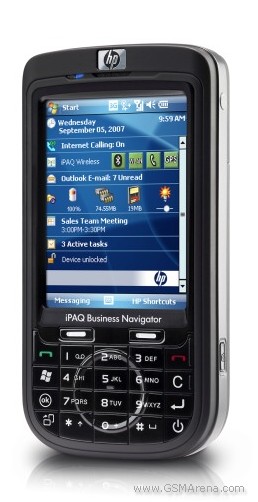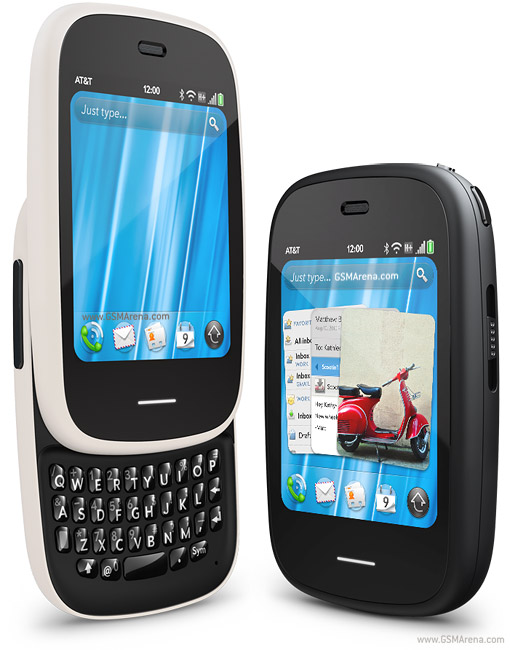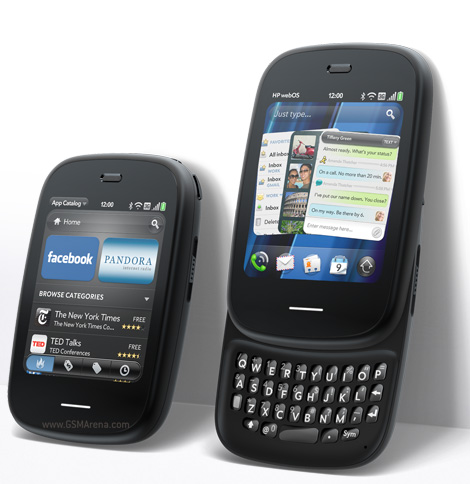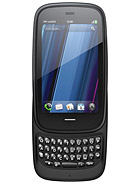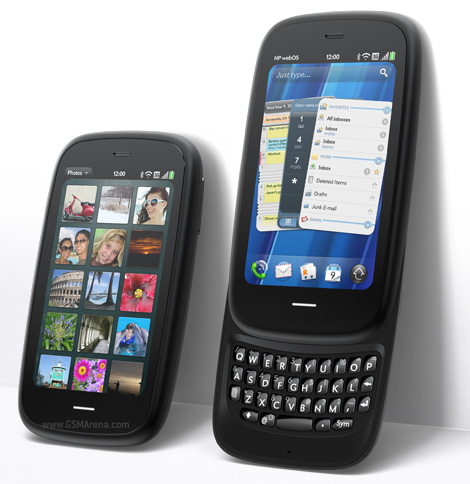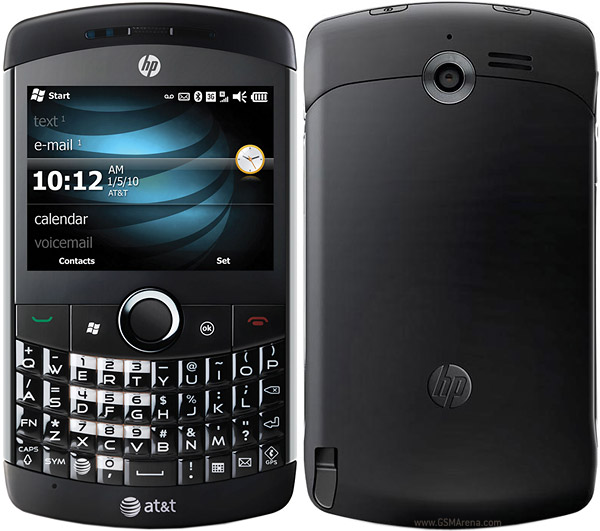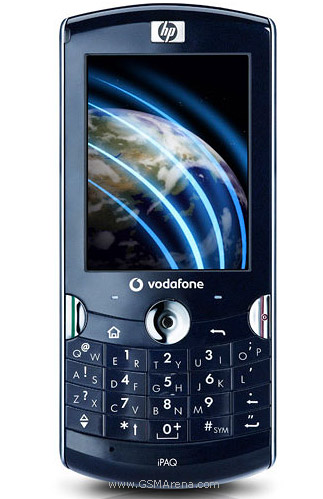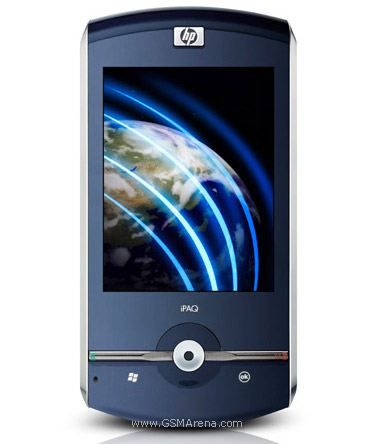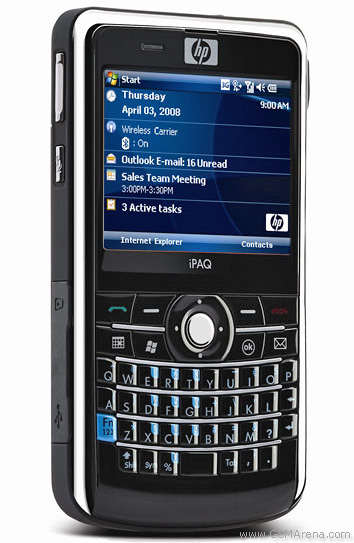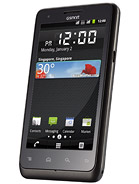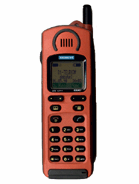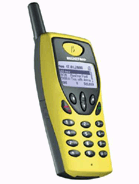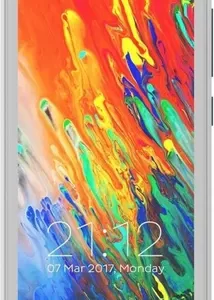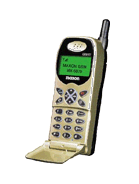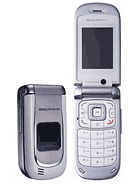HP iPAQ 610c Overall Review
The HP iPAQ 610c, unveiled in September 2007, stands as a hallmark of early smartphone technology, blending traditional PDA functionalities with the emerging features of smartphones. It features a 2.8-inch TFT resistive touchscreen display, offering a resolution of 240 x 320 pixels. This was considered a significant advancement at the time, providing users with a relatively large screen for navigating Windows Mobile 6.0 Professional OS.
A key highlight of the iPAQ 610c is its 3.15 MP primary camera, enabling users to capture decent quality photos and videos for business and casual use. Powered by a robust 1590 mAh battery, it delivers satisfactory endurance, a critical feature for professionals relying on their device throughout the workday.
The device is equipped with 128 MB RAM and expandable storage, a setup that supports the modest needs of mobile professionals for applications and data storage. Connectivity options include 3G, which was pivotal for accessing the internet and email on the go, Bluetooth for wireless connections, and GPS for navigation.
HP iPAQ 610c Pros and Cons
Pros:
- Robust build quality typical of HP’s iPAQ range.
- Decent battery life for its time, ensuring day-long usability.
- Features such as 3G connectivity, Bluetooth, and GPS enhance its utility.
- The inclusion of a 3.15 MP camera was commendable for a business-centric device.
Cons:
- The resistive touchscreen feels outdated compared to modern capacitive screens.
- Limited by the performance constraints of Windows Mobile 6.0 Professional.
- The device’s bulkiness might not appeal to those accustomed to slimmer smartphones.
- Limited app ecosystem compared to what’s available for iOS and Android devices today.
